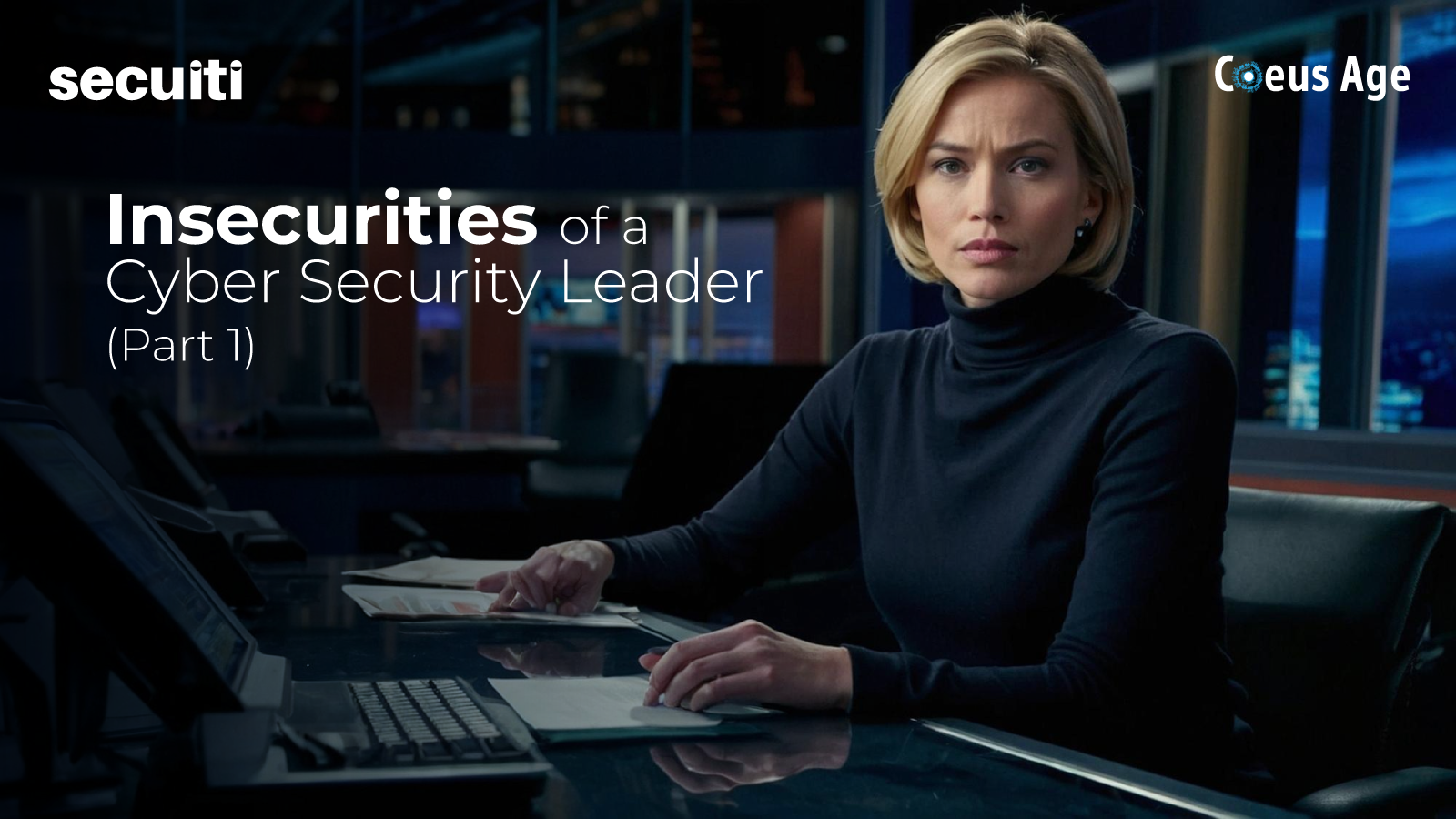All individuals encounter psychological insecurities stemming from both identifiable and obscure origins. Although every CXO faces their own set of insecurities, the Chief Information Security Officer (CISO) experiences a particularly heightened level of these challenges. It is crucial for a CISO to address these insecurities, as failing to do so could hinder her capacity to effectively safeguard the organization and ensure her psychological well-being.
Insecurities can lead to anxiety and fear, draining essential energy required for creativity and effectiveness in one’s role. The initial step involves recognizing their existence; without this acknowledgment, it becomes impossible to confront them.
The subsequent phase involves reflecting on the characteristics of these insecurities within a nurturing context, facilitating a more profound comprehension of their roots. Both recognition and reflection require time and commitment from the CISO. Additionally, it may be essential to pursue assistance in tackling these insecurities.
This article will emphasize four significant origins from which these insecurities may arise. Each CISO may experience these sources to varying degrees as part of their responsibilities.
The role of a Chief Information Security Officer (CISO) inherently involves navigating a landscape filled with uncertainties, which often leads to feelings of anxiety, fear, and unpredictability. Questions regarding the origin of potential threats, their characteristics, and their possible consequences remain largely unanswered, contributing to a sense of insecurity. Consequently, a CISO must remain vigilant, continuously monitoring and analyzing potential threats to proactively address them before they impact the organization.
A discrepancy between individual competencies and the requirements or aspirations of a role can result in feelings of insecurity. These competencies may pertain to technical expertise, resource management, or the ability to foster effective relationships with stakeholders. It is a natural human tendency to become defensive regarding one’s competencies, making it challenging to acknowledge and improve upon them. However, it is often said that progress requires effort; without confronting these challenges, one risks achieving only suboptimal outcomes.
Role ambiguity constitutes another significant issue. Given that the position of a Chief Information Security Officer (CISO) is relatively recent within organizational structures, it is likely that not all aspects of the role are well-defined. Additionally, the CISO’s responsibilities often overlap with those of other positions such as the Chief Information Officer (CIO), Chief Technology Officer (CTO), and Risk Officer. This lack of clarity result in competition for resources and authority, ultimately undermining trust and exacerbating feelings of anxiety and fear.
The contextual realities, such as power dynamics, board indifference, and a pervasive lack of empathy, can significantly impact a CISO’s sense of security. Navigating these challenges requires patience and the capacity to manage the often frustrating nature of these circumstances, which can lead to feelings of anxiety and fear.
There are various sources of insecurities; however, the four mentioned above are the primary ones within the professional context. It is essential to establish a secure environment that allows a CISO to contemplate personal insecurities, thereby ensuring the organization’s security.
In the upcoming posts, we will examine the repercussions of unaddressed insecurities and investigate strategies that Chief Information Security Officers can employ to confront their insecurities.
Read Related Posts
Part 2 – Impact of Insecurity
Part 3 – Addressing Insecurity

















